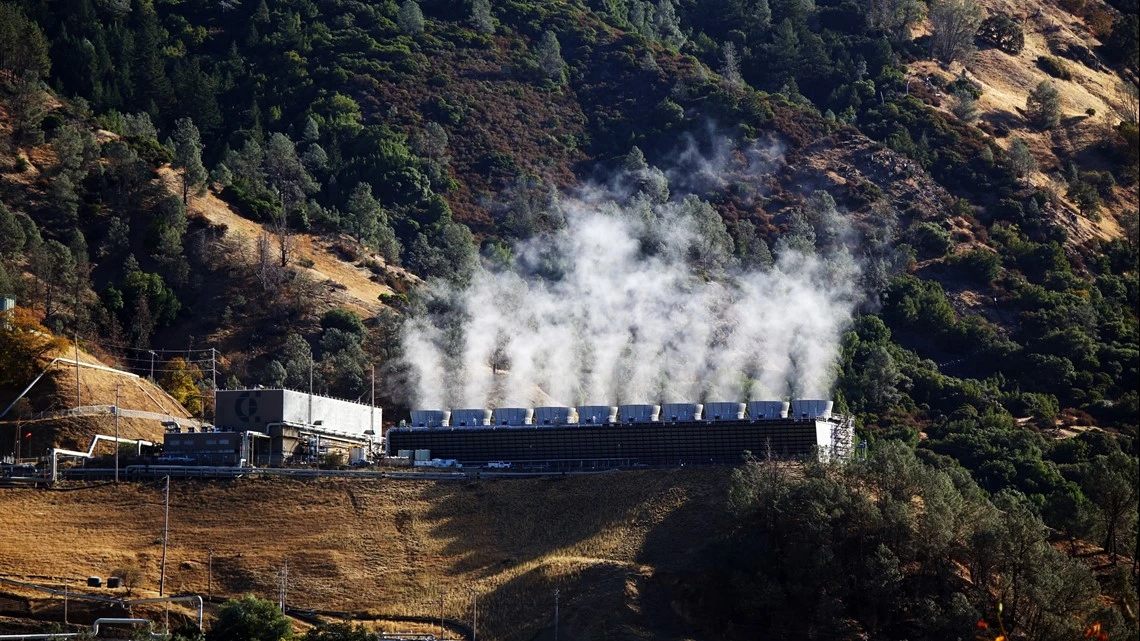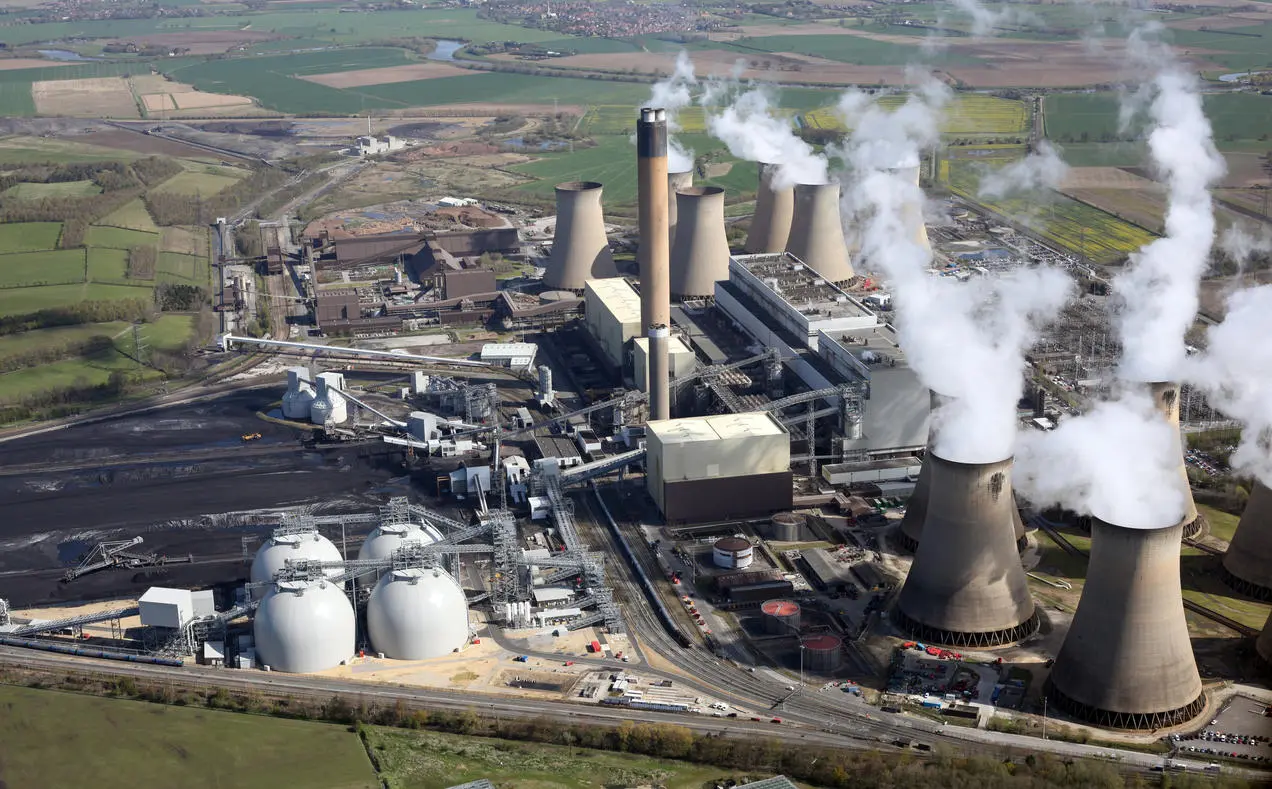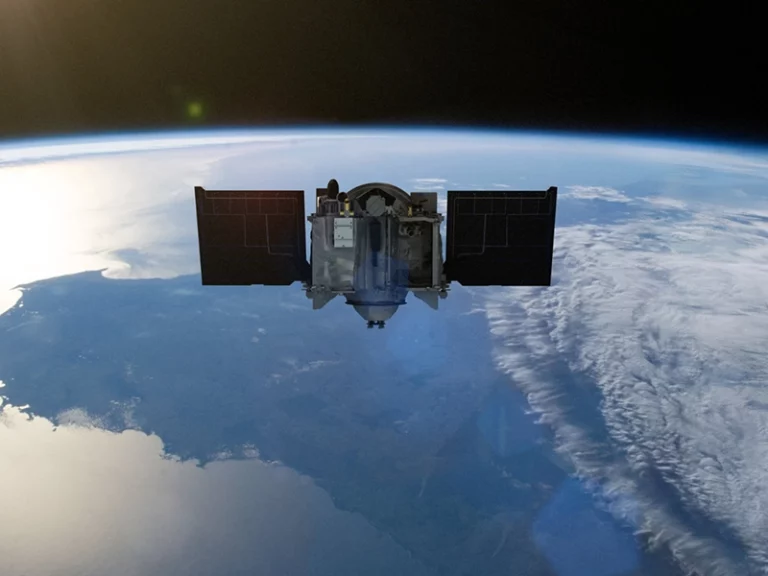Hey there, eco-warriors! Are you ready to take a dive into the latest and greatest advancements in green technology? Well, strap on your sustainable helmets, and let’s get started!
Renewable Energy: The Future is Bright
As a mechanical engineer, I have always been fascinated by renewable energy. The way in which we can harness natural resources like wind and solar power to generate electricity is truly amazing.
But it’s not just residential homes that are benefiting from renewable energy. Major corporations like Google and Apple are making huge investments in solar and wind power, helping to drive down the cost of renewable energy and make it more accessible to the masses.
And with new advancements in energy storage technology, we are one step closer to a fully renewable energy future.
Here are some top green energy sources:
- Solar Energy – Harnessing the power of the sun to generate electricity is becoming increasingly popular, and for good reason. Solar panels are getting more efficient and affordable, making it easier than ever to go solar.
- Wind Energy – Wind turbines can be found all over the world, and they’re only getting bigger and more efficient. As technology advances, wind energy is becoming an even more viable source of renewable energy.
- Hydro Energy – Hydroelectric power plants use the energy from moving water to generate electricity. While these plants can be expensive to build, they produce a significant amount of energy with no emissions.
- Geothermal Energy – Geothermal energy is created by tapping into the heat within the Earth’s core. This energy can be used to heat homes or generate electricity.
- Biomass Energy – Biomass energy is created by burning organic matter like wood or crop waste. While not as clean as some other forms of renewable energy, it is still a much better alternative to fossil fuels.
As we have heard a lot about Solar, Wind, and Hydro energy, the other forms are less popular. Let’s try to dig deeper into these other important sources.
Geothermal Energy
Another fascinating renewable energy source has the potential to power our homes, businesses, and even entire cities. Let’s take a closer look at what it is and how it works.
Here are some notorious geothermal plants:
- The Geysers – located in California, USA, is the largest geothermal power station in the world, producing over 750 MW of electricity.
- Hellisheidi Power Plant – located in Iceland, this power plant generates both electricity and hot water for heating, using geothermal energy.
- Larderello Geothermal Power Plant – located in Tuscany, Italy, this power plant was the first geothermal power station in the world and has been in operation since 1913.
- Cerro Prieto Geothermal Power Station – located in Baja California, Mexico, this power plant is one of the largest in the world, with a capacity of over 700 MW.
- Nesjavellir Geothermal Power Plant – located in Iceland, this power plant generates both electricity and hot water for heating and is powered entirely by geothermal energy.

What is Geothermal Energy?
Geothermal energy is heat energy that is generated by the Earth’s core. This heat energy can be harnessed in a number of ways, but the most common method is through geothermal power plants. These plants use the Earth’s natural heat to create steam, which then turns turbines to generate electricity.
How Does it Work?
Geothermal power plants are typically located in areas with high geothermal activity, such as near hot springs or active volcanic regions. The plants use wells to tap into the Earth’s natural heat, which then heats up water to create steam. This steam is then used to turn turbines and generate electricity.
Benefits of Geothermal Energy
There are a number of benefits to geothermal energy that make it an attractive option for those looking to transition away from fossil fuels. Here are just a few:
- Clean Energy – Like other renewable energy sources, geothermal energy produces no emissions or pollution, making it a clean and sustainable source of electricity.
- Reliable – Unlike wind or solar energy, which can be affected by weather conditions, geothermal energy is reliable and consistent. As long as the Earth’s core is generating heat, geothermal power plants can generate electricity.
- Efficient – Geothermal power plants are highly efficient, with conversion rates of up to 90%. This means that a large percentage of the heat energy is converted into usable electricity.
- Cost-Effective – While building a geothermal power plant can be expensive, the ongoing costs of maintaining and operating the plant are relatively low. This makes it a cost-effective option in the long run.
Challenges of Geothermal Energy
While geothermal energy has many benefits, there are also some challenges that come with it. One of the biggest challenges is that geothermal power plants are not a viable option in all locations. Areas with low geothermal activity may not be able to generate geothermal energy.
Biomass Energy
Biomass energy – is yet another fascinating renewable energy source that has the potential to play a significant role in our transition to a more sustainable future. In this article, we’ll explore what biomass energy is, how it works, and some of its benefits and challenges.
Here is a list of some biomass energy plants:
- Drax Power Station – located in the UK, this power station is the largest biomass energy plant in the world, with a capacity of 3.9 GW. It primarily burns wood pellets to generate electricity.
- Alholmens Kraft Power Station – located in Finland, this power station is the largest biomass energy plant in the Nordic countries, with a capacity of 265 MW. It primarily burns wood chips and bark to generate electricity.
- Schiller Station – located in the USA, this power station is one of the largest biomass energy plants in the country, with a capacity of 50 MW. It primarily burns wood chips and other wood waste to generate electricity.
- Ensted Power Station – located in Denmark, this power station has a capacity of 167 MW and primarily burns straw and wood pellets to generate electricity.
- Kawerau Power Station – located in New Zealand, this power station has a capacity of 100 MW and primarily burns wood waste to generate electricity.

What is Biomass Energy?
Biomass energy is energy that is generated from organic matter. This can include wood, crops, agricultural waste, and even garbage. Biomass energy can be used in a number of ways, including to generate electricity, heat buildings, and fuel vehicles.
How Does it Work?
Biomass energy can be generated through a number of processes, including combustion, gasification, and anaerobic digestion. In combustion, organic matter is burned to create heat, which is then used to generate steam and turn turbines to generate electricity.
In gasification, organic matter is converted into a gas, which can be used to fuel engines or turbines. In anaerobic digestion, organic matter is broken down by bacteria in the absence of oxygen, creating biogas that can be used as fuel.
Benefits of Biomass Energy
There are a number of benefits to biomass energy that make it an attractive option for those looking to transition away from fossil fuels. Here are just a few:
- Renewable – Unlike fossil fuels, which are finite resources, biomass energy can be continuously replenished through the growth of new crops and trees.
- Carbon-Neutral – While burning biomass does release carbon dioxide into the atmosphere, the carbon released is offset by the carbon absorbed by the plants during their growth. This makes biomass energy carbon-neutral.
- Versatile – Biomass energy can be used in a number of ways, including to generate electricity, heat buildings, and fuel vehicles.
- Local – Biomass energy can be produced locally, reducing the need for long-distance transportation and supporting local economies.
Challenges of Biomass Energy
While biomass energy has many benefits, there are also some challenges that come with it. One of the biggest challenges is that biomass energy can have a negative impact on land use if crops are grown specifically for energy production, rather than for food or other purposes.
Sustainable Transportation
Now, let’s talk about sustainable transportation. When it comes to reducing our carbon footprint, the transportation sector is a major player. But fear not, my fellow commuters, because there are some seriously cool advancements happening in this space.
Electric vehicles are becoming more and more popular, and for good reason. Not only are they better for the environment, but they are also incredibly fun to drive. And with new advancements in battery technology, electric vehicles are becoming more affordable and practical for everyday use.
But it’s not just cars that are getting an eco-friendly makeover. Electric bikes and scooters are also gaining popularity, making it easier than ever to commute in a sustainable way. Plus, they’re a great way to get some exercise and enjoy the great outdoors.
In this other article, we discuss in detail the advantages of electric vehicles.
Eco-Friendly Products and Services
Last but not least, let’s talk about eco-friendly products and services. From reusable water bottles to compostable dinnerware, there are so many ways to reduce our impact on the environment in our day-to-day lives.
But the best part? Many of these eco-friendly products and services can actually save you money in the long run. For example, investing in a reusable water bottle can save you hundreds of dollars a year on single-use plastic bottles.
And opting for a plant-based diet can not only improve your health, but it can also save you money on groceries.
So there you have it, folks. The latest and greatest advancements in green technology. It’s an exciting time to be alive, knowing that we have the power to make a positive impact on the planet. So let’s keep pushing forward and making sustainability the new norm.
In this other article, we discuss sustainability matters of technology.
Reference
Renewable energy – Wikipedia. Link





